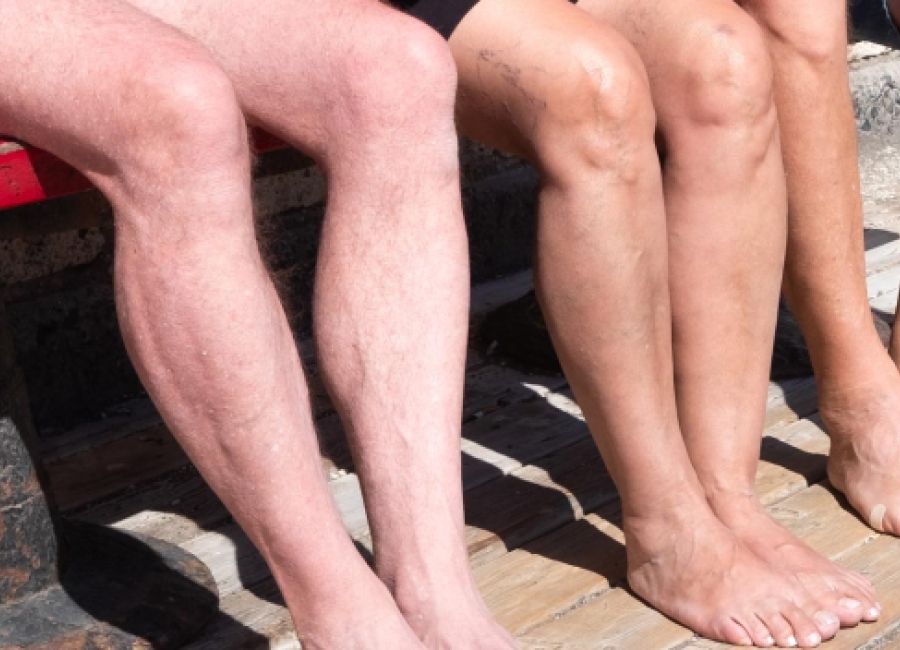
Vein disease affects many people in this country and around the world. The signs of vein disease typically are bulging large varicose veins commonly associated with spider veins on the legs and feet. More extensive problems include skin changes such as eczema which may progress to ulcerations on the lower leg. Less appreciated are the symptoms of vein disease. It is common for patients to have complained about severe leg and foot pain, leg cramps, burning, tingling, numbness and swelling in their legs to their primary care providers. Often tests have been ordered and referrals made to multiple specialists. Many patients have been evaluated by neurologists, rheumatologists, podiatrists, dermatologists, orthopedists and cardiologists among others. The results of tests such as blood tests, MRIs, x-rays, nerve conduction studies and ultrasound examinations to rule out blood clots lead to nonspecific diagnoses such as neuropathy and edema. Once the diagnosis of venous insufficiency is made and effective treatment has been provided it is common for these burdensome symptoms to resolve.
Occasionally I will post my observations about the world of vein care that hopefully will be of interest to people that have been looking for a source of information about an often overlooked source of chronic suffering.
Occasionally I will post my observations about the world of vein care that hopefully will be of interest to people that have been looking for a source of information about an often overlooked source of chronic suffering.